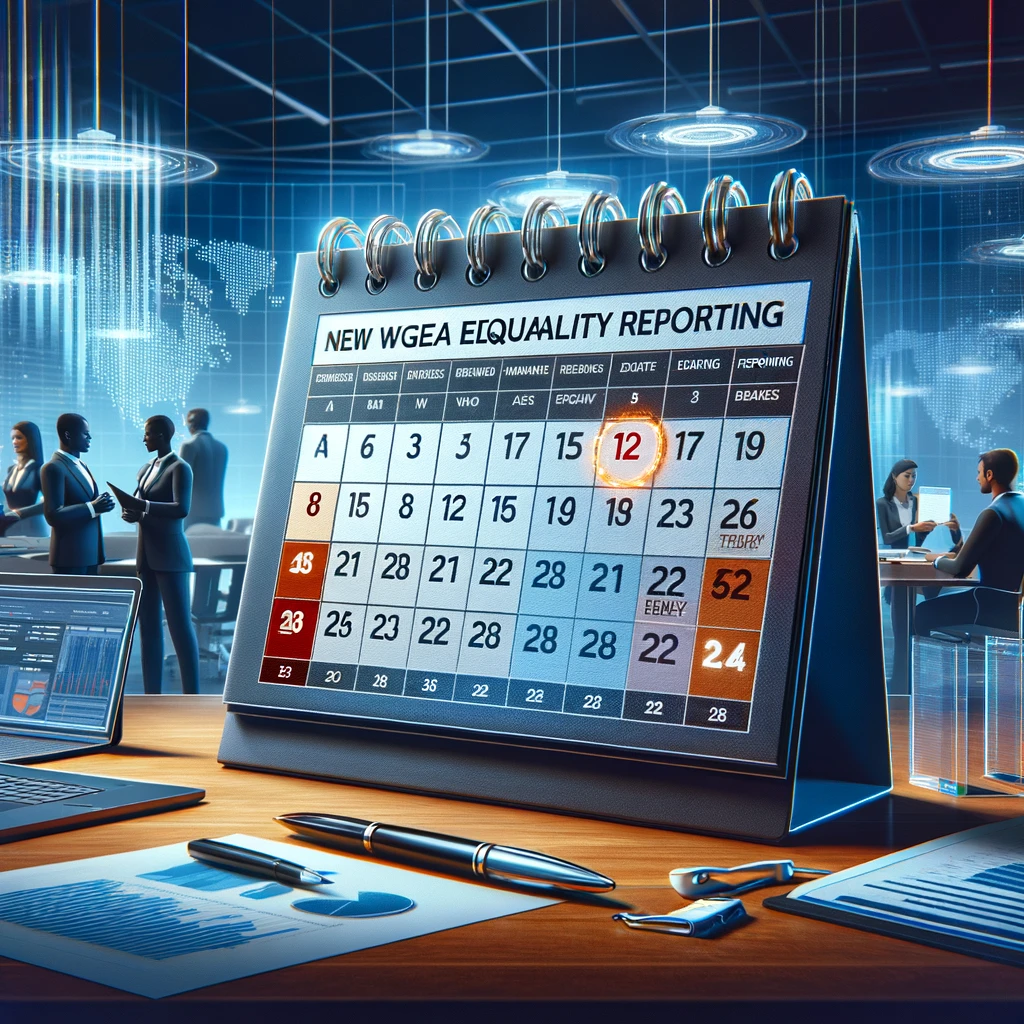The Genesis of Gender Equality Reporting

Gender equality reporting in Australia, as we know it today, is the result of decades-long advocacy and legislative efforts aimed at eradicating workplace gender disparities. The Workplace Gender Equality Act 2012 marked a pivotal turn, laying the groundwork for systematic change through annual reporting requirements for organisations with 100 or more employees. This legislation not only demands transparency but also fosters an environment where gender equality is continuously strived for and measured.
Navigating the Challenges

Despite significant progress, the journey towards gender equality is fraught with challenges. Organisations often grapple with:
- Data Collection and Analysis: The comprehensive collection and analysis of gender-disaggregated data remain a hurdle for many organisations, necessitating robust systems and processes.
- Cultural and Structural Barriers: Deep-seated biases and structural inequalities persist, hindering the full realisation of gender equality goals.
- Evolving Standards and Expectations: As societal norms and expectations shift, organisations must adapt, often requiring significant changes to policies, practices, and cultures.
Innovations and Advancements

Amidst these challenges, there are noteworthy advancements and innovations that signal progress:
- Technological Solutions: Advanced HR analytics and AI-driven tools are revolutionising how data is collected, analysed, and reported, offering new insights into gender equality metrics.
- Policy Innovations: From flexible work arrangements to targeted leadership development programs, organisations are adopting progressive policies that break down barriers to gender equality.
- Community and Stakeholder Engagement: Increasingly, organisations are recognising the value of engaging employees, customers, and communities in their gender equality journey, fostering a broader culture of inclusion.
The Road Ahead

The evolving landscape of gender equality reporting heralds a future where gender parity is not just aspirational but achievable. Key to this journey will be:
- Enhanced Regulatory Frameworks: As the WGEA and other stakeholders refine and expand reporting requirements, organisations will be held to higher standards of accountability and transparency.
- Leadership and Commitment: The role of leadership in driving gender equality initiatives cannot be overstated. A genuine commitment to change, from the boardroom to the break room, is crucial.
- Collaboration and Sharing of Best Practices: The sharing of insights, strategies, and successes between organisations can accelerate progress towards gender equality across industries.
Key Takeaways
- Continuous Evolution: The landscape of gender equality reporting is continually evolving, with new challenges and opportunities emerging.
- Technology as an Enabler: Leveraging technology for data collection and analysis is key to insightful and effective gender equality reporting.
- The Power of Policy: Innovative policies that address the root causes of gender disparities are critical to advancing gender equality.
- Collective Action: Achieving gender equality is a collective endeavour, requiring the engagement and commitment of all stakeholders.
In conclusion, gender equality reporting in Australia offers a compelling glimpse into both the achievements and ongoing challenges in the quest for workplace gender parity. By embracing technology, advancing innovative policies, and fostering a culture of inclusivity and collaboration, the path towards gender equality becomes not just envisioned but enacted.






